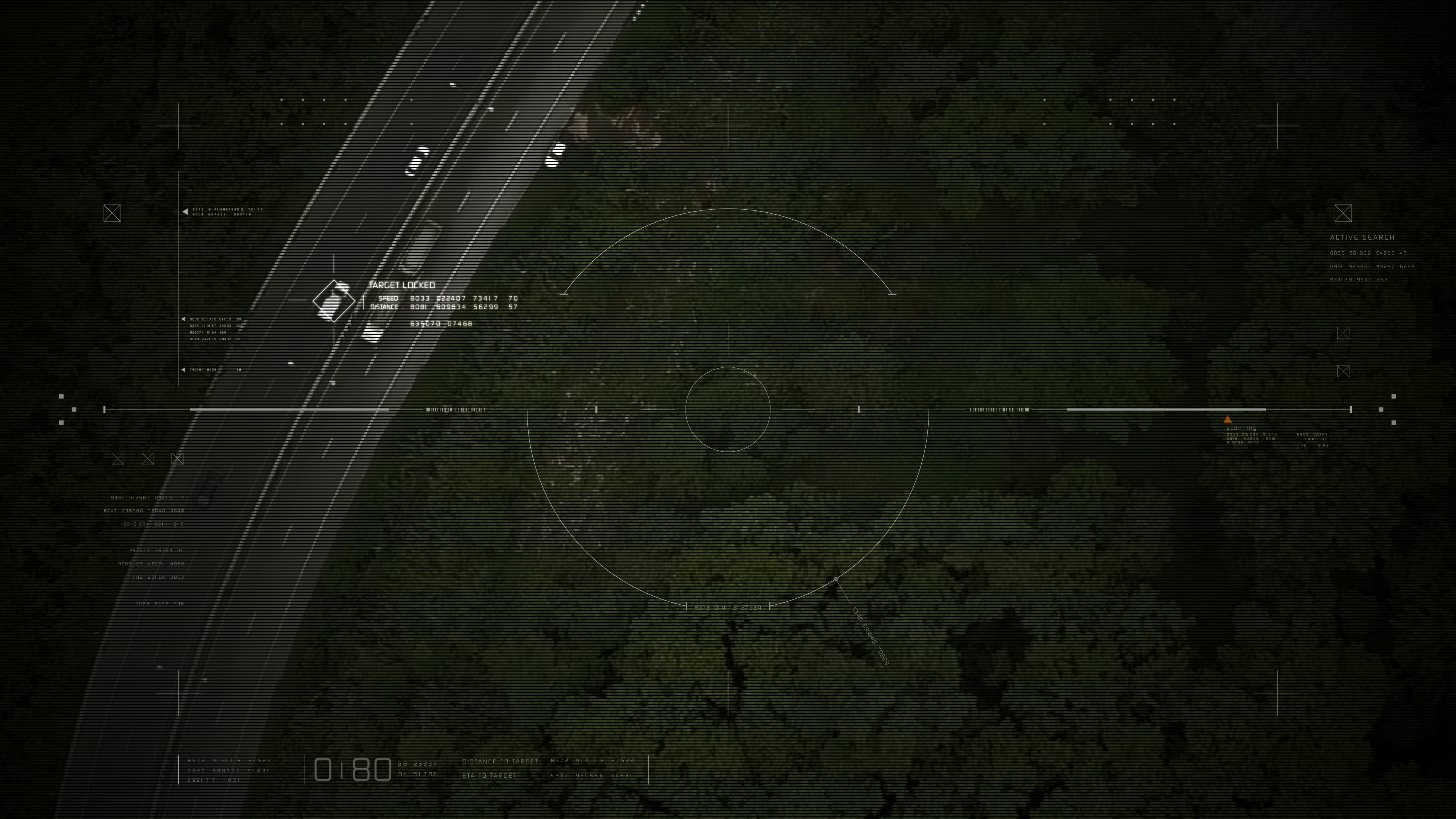OSINT Threat Intelligence for National Security: The Critical Role of Location Data

Intelligence operations depend on open-source data to identify threats, assess risks, and support mission-critical decisions. As the threat landscape grows more complex, the intelligence community requires sophisticated analytical capabilities that go beyond traditional collection methods. Open Source Intelligence (OSINT) has evolved from a supplementary intelligence source to a cornerstone of modern threat assessment, and within this ecosystem, location intelligence is increasingly pivotal.
Understanding OSINT Threat Intelligence
OSINT threat intelligence involves collecting, processing, and analyzing publicly available information to identify and assess various security threats. This includes data collection from sources including social media, public records, news outlets, satellite imagery, and mobility data. Platforms correlate findings across multiple sources to validate threats and support analysts in developing comprehensive assessments.
Modern OSINT threat intelligence doesn't operate in isolation. It integrates with other intelligence disciplines, such Human Intelligence (HUMINT), Signals Intelligence (SIGINT), and Geospatial Intelligence (GEOINT), to create a comprehensive threat picture. This multi-source approach enables intelligence professionals to understand not just what threats exist, but where they operate, how they move, and when they might strike.
Critical Applications of OSINT Threat Intelligence
Border Security Operations
The scale of border security operations defies simple solutions. Thousands of miles of borders, hundreds of ports of entry, and millions of legitimate crossings annually create an environment where threats hide within normal activity. Intelligence agencies face a needle-in-haystack problem: identifying sophisticated smuggling operations and potential security threats while maintaining the flow of commerce and travel that economies depend upon.
Transnational criminal organizations adapt continuously. Routes shift in response to enforcement pressure, and tactics evolve as countermeasures prove effective. It’s because of this complexity that the Department of Homeland Security's National Targeting Center asserted that effective border security requires synthesizing diverse information streams to identify threats before they reach the border. The challenge lies not in collecting information but in recognizing patterns within it, understanding when seemingly unconnected data points reveal coordinated criminal activity or emerging threat vectors.
Force Protection
Military installations, forward operating bases, and government facilities overseas operate in environments where threat actors conduct patient, methodical surveillance before attacks. Force protection requires understanding not just current threats but also recognizing the reconnaissance and planning activities that precede hostile action. Personnel routines, facility vulnerabilities, and operational patterns become targets for observation by adversaries who exploit predictability. The challenge extends beyond physical perimeter security to understanding how adversaries gather intelligence in preparation for operations.
Location intelligence provides critical early warning capabilities by revealing patterns that indicate hostile surveillance. Analysts can gain the lead time necessary to disrupt threats when the same devices repeatedly appear near sensitive facilities or when travel histories connect seemingly unrelated incidents. OSINT professionals can identify when personnel have traveled to high-risk regions or concerning locations, providing context for security assessments. Similarly, when devices previously observed at sensitive or adversarial locations begin appearing regularly near military installations or secure facilities, these patterns warrant investigation. This capability extends beyond traditional perimeter security to reveal the preparatory activities that precede hostile action, enabling security teams to recognize threats before they develop.
Counterterrorism Intelligence
Counterterrorism intelligence addresses dispersed threats that operate across multiple jurisdictions and communication channels, with threat actors ranging from organized networks to lone individuals radicalized online. Attack planning increasingly occurs in digital spaces–some public, some encrypted, some deliberately obscured.
Intelligence professionals must maintain awareness across an impossibly broad threat landscape while identifying the specific indicators that distinguish aspirational threats from operational planning. The temporal dimension proves critical: early intervention prevents attacks, but premature action based on incomplete intelligence risks disrupting investigations before networks are fully understood. Effective counterterrorism intelligence balances these tensions, integrating information from multiple sources to build comprehensive threat pictures that support both immediate protective actions and longer-term disruption strategies.
Location intelligence bridges the gap between digital indicators and physical threat development. Understanding travel patterns to high-risk regions, identifying when suspected actors converge at specific locations, or recognizing when individuals begin surveillance activities near potential targets provides the context that distinguishes serious threats from noise. These spatial and temporal patterns enable intelligence professionals to prioritize resources toward genuine operational planning while maintaining awareness of broader threat networks.
Location Data Challenges for OSINT Threat Intelligence
Location data has become a critical component of modern OSINT platforms, providing the geographic context necessary for effective threat intelligence. Intelligence operations increasingly rely on platforms that bring together diverse data sources, and location intelligence solutions inevitably stitch these diverse digital footprints together with real-world movements. However, integrating location data into threat intelligence operations presents significant challenges:
- Raw data can be a problem.
Billions of daily location signals are overwhelmed by noise. Implausible movement patterns, spoofed location, and replay data are present throughout the commercially available data. But legitimate signals can create confusion–a device ping near a sensitive facility might indicate hostile reconnaissance or simply reflect someone passing by on a commute. Without sophisticated processing, raw location data generates false positives that consume analyst time while missing the subtle patterns that indicate actual threats. - Building location intelligence capabilities in-house proves prohibitively expensive. Establishing the infrastructure to collect, process, and analyze location data at scale requires substantial investment in technical systems, continuous data quality management, and specialized expertise. Organizations must develop data normalization pipelines, build pattern recognition algorithms, maintain vendor relationships across multiple data sources, and staff teams capable of forensic data validation. These operational burdens compound over time as data volumes grow and threat patterns evolve.
Venntel's Built-In Analytics: Raw Data Made Meaningful
Mission success in threat intelligence depends on the speed and accuracy with which analysts can identify genuine threats within massive datasets. Venntel addresses the fundamental challenges of location data through forensic validation processes that flag noise and anomalies, and enrich signals before they reach analysts' workflows.
Every location signal processed by Venntel undergoes rigorous forensic analysis that applies dozens of quality and contextual indicators. Spoofed locations, impossible movement patterns, and other suspicious device behaviors are flagged by algorithms that detect such anomalous movements. This forensic layer, built from a decade of analyzing billions of daily signals, identifies the data quality issues that would otherwise consume analyst hours or, worse, lead to false conclusions about threat activities.
Beyond quality validation, Venntel's processing methodology enriches location data with contextual analytics. Accuracy indicators, movement classifications, and behavioral patterns are pre-computed and standardized, enabling analysts to immediately understand signal reliability and relevance. Rather than building custom data pipelines and validation rules, intelligence professionals receive processed data ready for operational analysis—hours become minutes, investigation cycles accelerate, and threats are identified while intervention opportunities still exist.
Drawing from 15+ diverse data sources and processing billions of daily location signals, Venntel maintains the scale and coverage that national security applications demand. This infrastructure investment—i.e., substantial technical systems, continuous quality management, and specialized forensic expertise—creates capabilities that individual organizations cannot efficiently replicate. OSINT platforms that incorporate Venntel's validated location intelligence deliver differentiated threat detection capabilities without the engineering overhead that would otherwise delay critical features or drain resources from analytical missions.
Conclusion
OSINT threat intelligence has evolved far beyond its Cold War origins to become an essential capability for addressing modern national security challenges. Location intelligence represents a critical layer within this ecosystem, providing the geographic context and movement pattern analysis necessary for effective threat assessment across border security, critical infrastructure protection, and counterterrorism operations.
Venntel understands these evolving intelligence community needs and provides the mobility intelligence that modern OSINT platforms require to deliver mission-critical capabilities. By offering validated, scalable location data through a privacy-first architecture, Venntel enables intelligence professionals to focus on analysis and decision-making rather than data engineering challenges—supporting the sophisticated threat intelligence operations that national security demands.
Want to explore how location intelligence can help with threat detection for your team? Contact us for a consultation.



